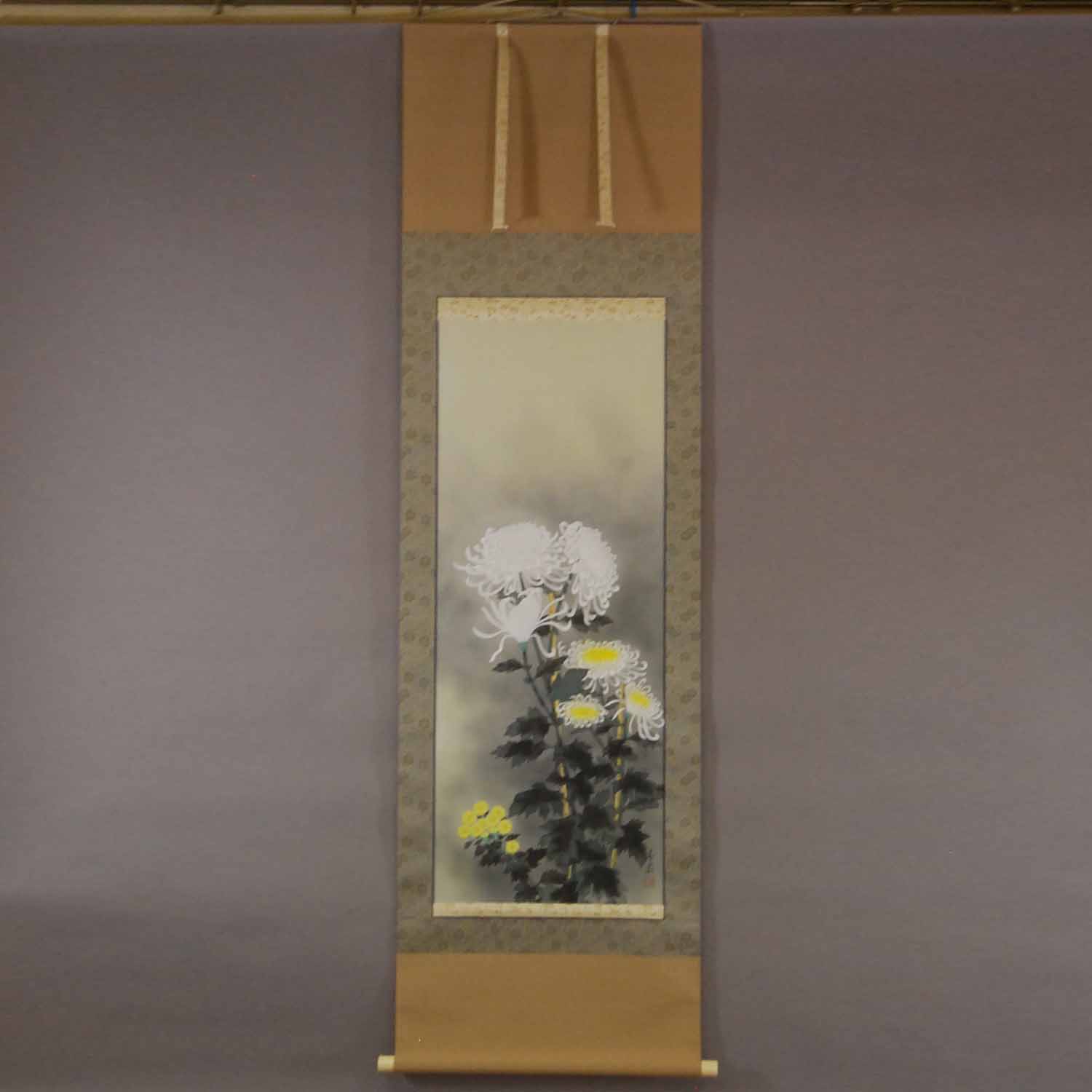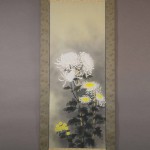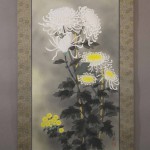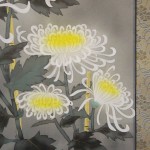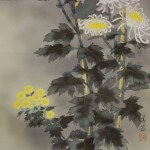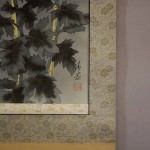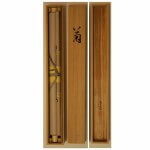Products Lineup
News / Blog
Other Menus
Chrysanthemum / Kiyoyasu Morishima - Kiku
- Product ID
- 0114
- Name
- Kiyoyasu Morishima
- Profile
1929-
A member of Nihon Bijutsuin
(The Japan Academy of Fine Art)- Size
- 600mm x 1910mm
- Roller End Material
- Artificial ivory
- Material of the Work
- Silk
- Price
- JPY 250,000
- Stock Condition
- In stock
- Payment: Click the Paypal Mark
- Duty and Taxes
Import duty and taxes are beyond our control and may apply to your shipment. Please noted that these fees are the responsibility of the buyer.
- Description
Chrysanthemum flowers represent the autumn. A chrysanthemum is considered noble in Japan, because the Japanese imperial crest is in the shape of a chrysanthemum. Chrysanthemums were developed under Japanese gardening technology. As a result, many Japanese people love chrysanthemum flowers.
This is a painting of chrysanthemums by Kiyoyasu Morishima. The beautiful colors of the chrysanthemums stand out among the quiet colors of the entire piece. The white chrysanthemums drawn with “gofun” (white pigments) are splendid. The leaves, drawn with the “tarashikomi” technique, give dignity to the work and express the noble image of the chrysanthemum. This is, unquestionably, a masterpiece of Kiyoyasu Morishima.
tarashikomi
A high level technique of Japanese-style painting for attaining natural blur by making use of the difference in the specific gravity of pigments.

